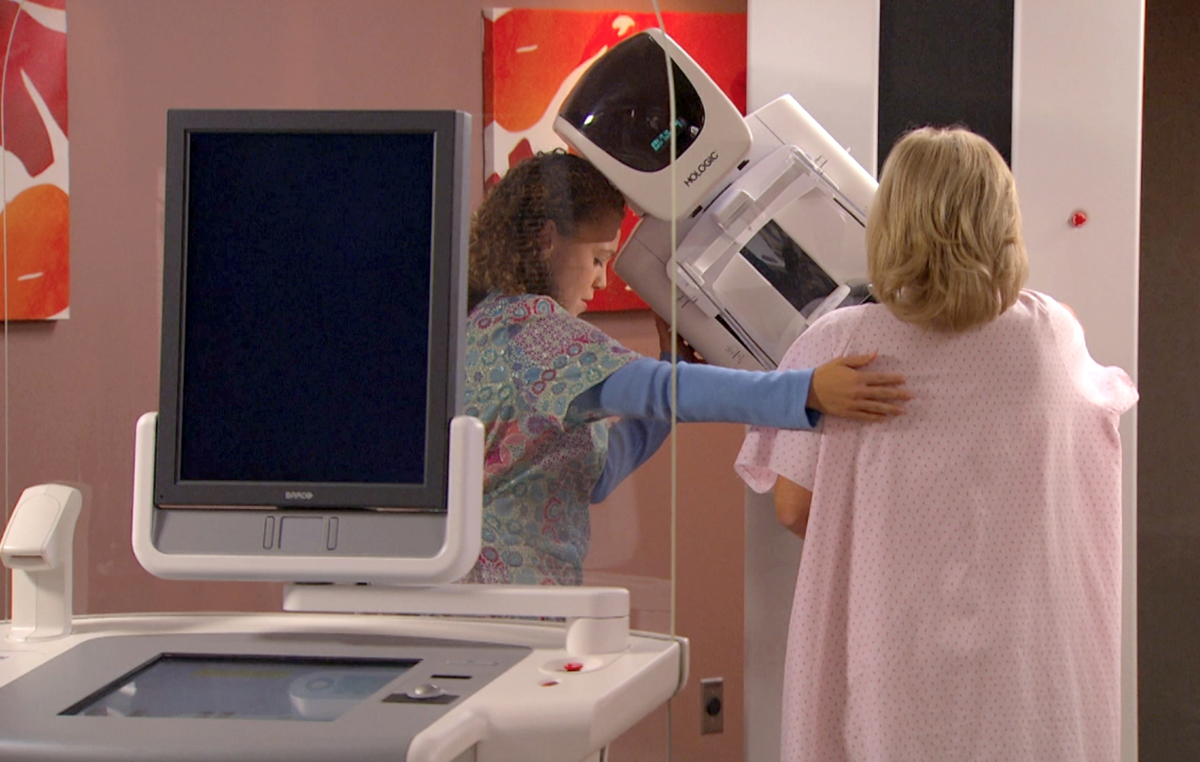
Doggy parenting: tips for guiding your dog through the ‘teen’ years

Zapping top myths about laser hair removal
It’s the telephone call no woman wants to receive – you need to come back for additional tests after you’ve had your annual mammogram. It happens more often than you would think – one in 10 women will be asked to come back because the doctor spotted a potential area of concern. Before you panic, you should know that usually the area of concern does not turn out to be cancer. Here are some facts to help you get through the experience of a callback.
During a screening mammogram a standard set of X-rays is taken of the breasts. A radiologist then reviews the images and compares them to X-rays that were taken previously to see if any changes have occurred or if anything looks worrisome. – The radiologist will be looking for areas that have the appearance of a mass, a tissue distortion or calcifications. Breast calcifications are small calcium deposits that develop in a woman’s breast tissue. If the radiologist sees an area that looks suspicious, you will be asked to come back for additional images – a diagnostic mammogram. Usually – as much as 80 percent of the time – these additional images will show that the area of concern is either benign or not real – a false alarm.
When you have a diagnostic mammogram, your breast may be positioned differently, or a close-up or magnified image of the area of concern may be taken. Many times, perceived masses or tissue distortions will no longer be evident on the follow-up X-ray images and the worrisome area on the screening mammogram will turn out to be nothing.–
If the area continues to look suspicious after a diagnostic mammogram, the radiologist will need to do additional tests. An ultrasound may be recommended for an area thought to be a mass or distortion. The ultrasound can help determine whether the area is a cyst, which is a benign, fluid filled sac, or whether it is a solid mass. If the ultrasound shows that the area is a simple cyst, no further testing is needed and you can go back to your annual screening program.-
In some cases a biopsy may be needed to determine whether calcifications or a solid mass are early breast cancers. Although the thought of or a biopsy is alarming, it’s important to understand that most breast biopsies result in negative findings. In approximately 80 percent of cases the suspicious area turns out to be benign, but only a breast biopsy can give the doctor a definitive answer.——–
Even knowing that most callbacks turn out to be false alarms, it can be very stressful to think that you may have breast cancer, and to wait for more tests to determine whether you do or don’t. There is a new technology, 3-D mammography, which can help take some of the anxiety out of mammography by giving radiologists a more detailed look at complex breast tissues, helping them to make more accurate diagnoses and reduce the need for callbacks. In fact, a recent study from Yale-New Haven Hospital showed that 3-D mammography can reduce callbacks by as much as 40 percent.-
Many of the callbacks that turn out to be false alarms are the result of overlapping tissues in the breast. That happens because the breast is a 3-dimensional object composed of different structures located at different heights within the breast. When viewed as a 2-dimensional image these structures can overlap and cause confusion. With 3-D mammography, doctors get a 3-dimensional view of the breast, allowing them to see breast tissue more clearly, without the confusion of overlapping tissue. Hologic, Inc., in Bedford, Mass., is currently the only manufacturer with a commercially available 3-D mammography system. —–
Waiting for the results of a follow-up exam can be difficult – time can seem to move slowly. When you’re feeling stressed or worried, it’s important to lean on friends and family and to talk openly about your feelings and concerns.
If you learn that you do have breast cancer, remember that when detected early, the chance for successful treatment of breast cancer is nearly 100 percent. A variety of resources and support groups are available locally and nationally. A few good places to find additional information and support are the American Cancer Society at www.cancer.org, CancerCare at www.cancercare.org and Breastcancer.org at www.breastcancer.org.

